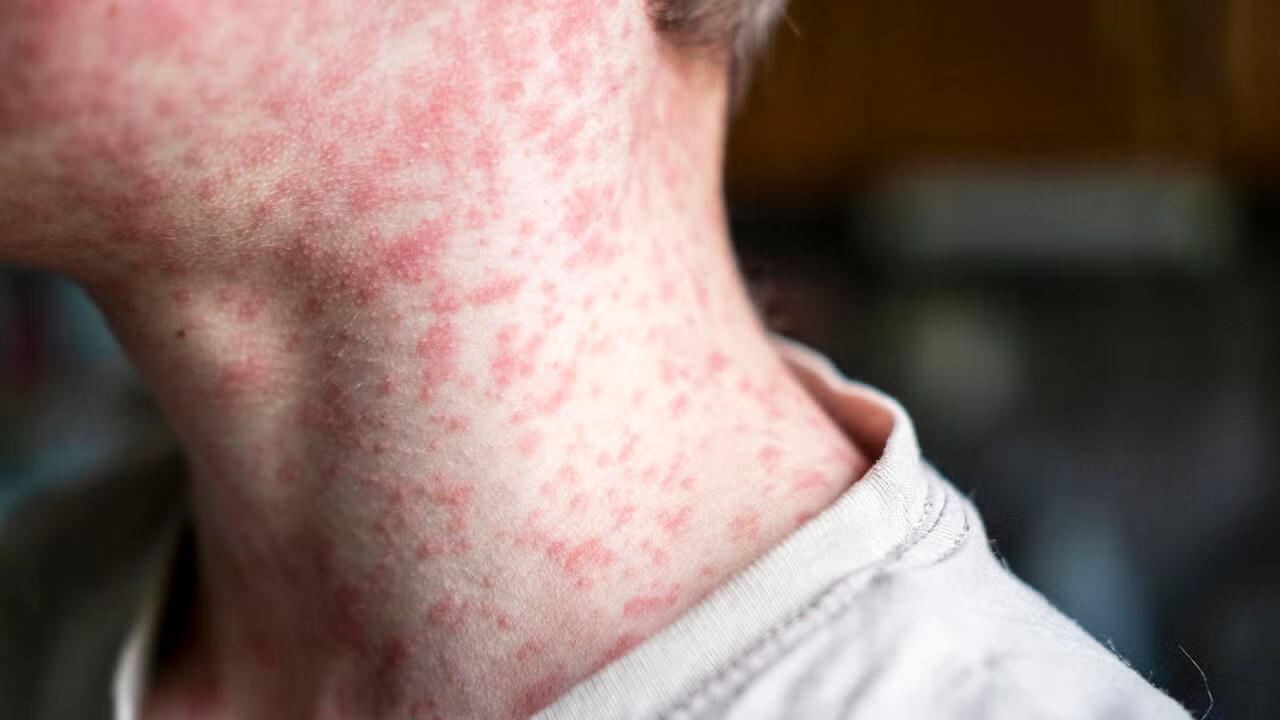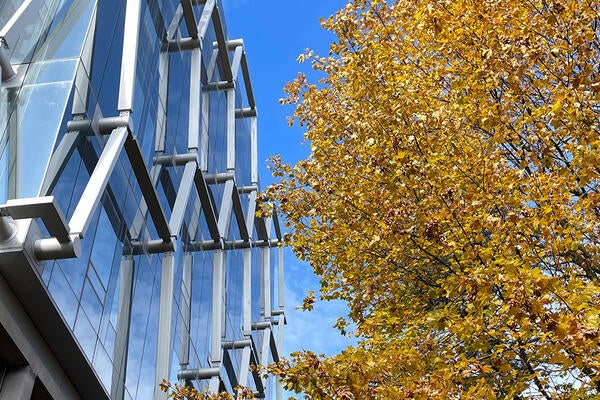
Q and A with the Experts: Measles
Waterloo expert discusses risks and protections as disease once eliminated in Canada makes a comeback

Waterloo expert discusses risks and protections as disease once eliminated in Canada makes a comeback
By Media RelationsMeasles — or Rubeola — was eliminated in Canada in 1998, but it’s back with more than 1,600 measles cases reported in Ontario alone this year. Canada could lose its elimination status if measles continues to spread past October 2025, one year after the outbreak started.

Dr. Zahid Butt, a professor in the School of Public Health Sciences at the University of Waterloo, discusses the risks and protections.
How bad is measles?
Symptoms of measles include fever, cough, red and watery eyes and a rash that spreads from the face to the trunk and then limbs. If you’re not vaccinated and you get measles, the possible complications are serious. You might develop pneumonia, brain inflammation, deafness, or blindness, and complications could lead to death in some cases. Measles is airborne and highly contagious. A person with measles can infect another 12 to 18 susceptible or unvaccinated people. In comparison, the reproduction number or R0 for COVID-19 is around three.
Who is most at risk from measles?
Unvaccinated or under-vaccinated individuals, children under five, adults over 20, pregnant individuals and immunocompromised individuals are at most risk of infection. Individuals who recover from measles have permanent immunity to the disease, and it is always better to get vaccinated than get the disease.
Who should get vaccinated?
High vaccination coverage — more than 95 per cent — is necessary to stop the transmission of measles in a population. Children should receive two doses of the MMR vaccine, which covers measles, mumps and rubella. They should get one at 12 months and the second at 18 months of age. Adults born before 1970 should have one dose of MMR vaccine.
What does it mean to have an elimination status for measles in Canada?
To have elimination status means that there has been an interruption in the continuous transmission of a disease over a one-year period. Canada can retain its elimination status if we stop the transmission of the disease before mid-October 2025. Since vaccination is the best way to stop the spread of measles, it is imperative that people check their vaccination records. If they are under-vaccinated or unvaccinated, they should speak to their health-care provider or go to a walk-in clinic to get their measles vaccines as soon as possible.
(Photo credit for banner image: Natalya Maisheva/Getty Images)

Read more
15 University of Waterloo researchers have been named to the annual Highly Cited Researchers™ list for significant contributions to their specific fields of research

Read more
University of Waterloo researchers find that residents’ poor sleep can trigger problematic medication use, falls and delirium

Read more
Meet five exceptional Waterloo graduate students crossing the convocation stage as Class of 2025 valedictorians
The University of Waterloo acknowledges that much of our work takes place on the traditional territory of the Neutral, Anishinaabeg, and Haudenosaunee peoples. Our main campus is situated on the Haldimand Tract, the land granted to the Six Nations that includes six miles on each side of the Grand River. Our active work toward reconciliation takes place across our campuses through research, learning, teaching, and community building, and is co-ordinated within the Office of Indigenous Relations.